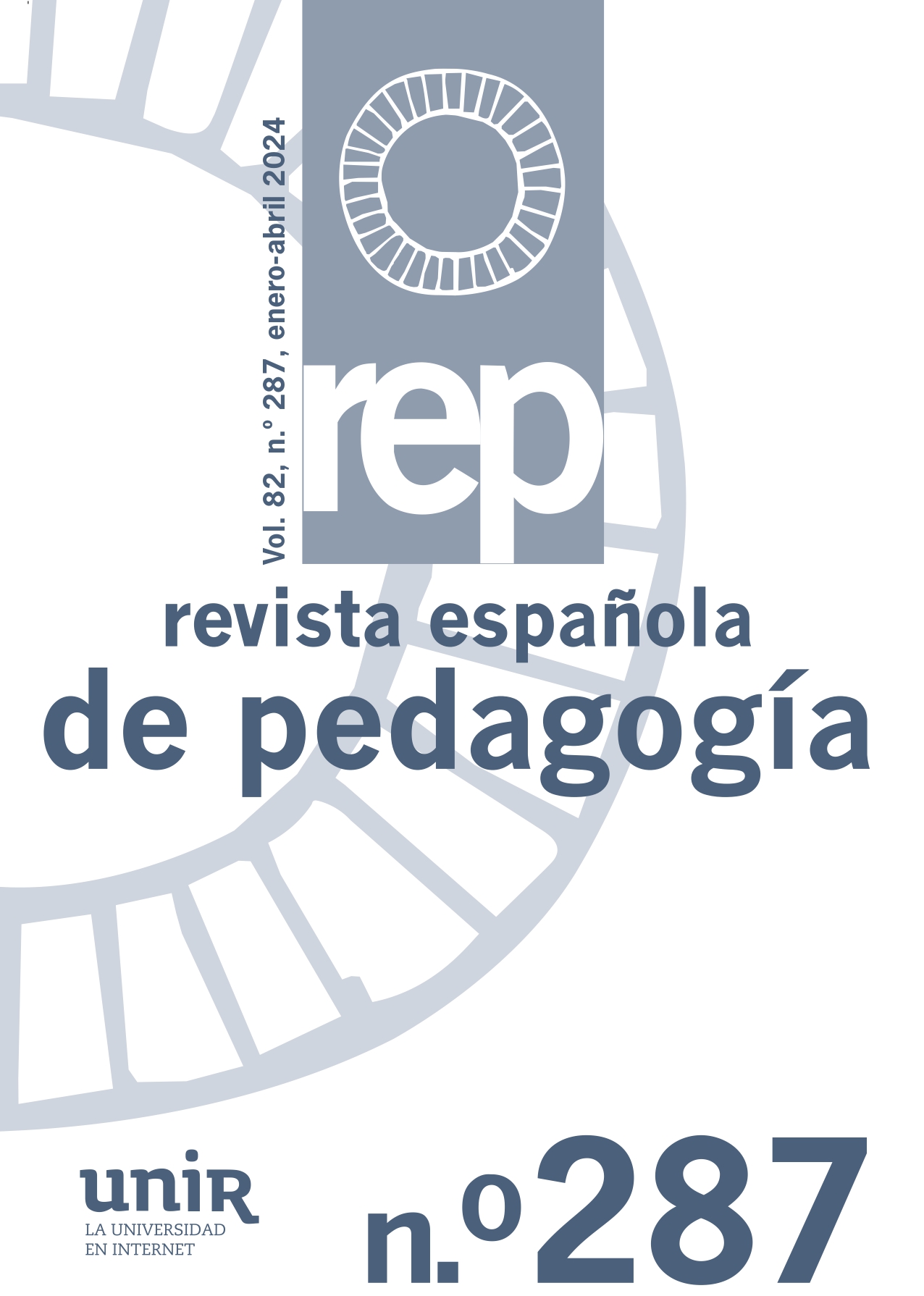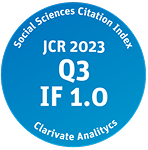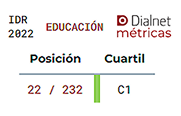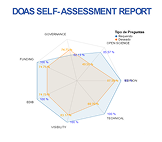Satan’s virtues: On the moral educational prospects of fictional character 5
DOI:
https://doi.org/10.22550/2174-0909.3923Keywords:
literature, fiction, character, virtue, moral educationAbstract
Recent attention to character formation as the key to moral education has also regarded personal and fictional role models as appropriate means to this end. Moreover, while one may have grave reservations about the influence of personal role-models (perhaps upon the young by those they happen to admire), serious fiction has often been considered an inspirational source of moral example. Still, while this paper ultimately mounts a defence of the moral educational potential of literature, it is also concerned to press two significant reservations about any and all attention to fictional character as a means to such education. First, since the ultimate meaning of any fictional character and conduct is largely, if not exclusively, confined to their narrative contexts, we should not suppose them to have any direct role-modelling application to the affairs of human life beyond such contexts. Second, and more significantly, since morality is also ultimately more than and/or not entirely reducible to the contingencies of human character, attention to either fictional or real-life character must anyway fall somewhat short of full moral education.
Downloads
References
Anscombe, G. E. M. (1958). Modern moral philosophy [Filosofía moral moderna]. Philosophy, 33 (124), 1-19. http://www.jstor.org/stable/3749051
Aristóteles. (1941a). De Poetica [Poética]. En R. McKeon (Ed.), The basic works of Aristotle [Obras fundamentales de Aristóteles] (pp. 1455-1487). Random House.
Aristóteles. (1941b). The Nicomachean ethics [Ética nicomaquea]. En R. McKeon (Ed.), The basic works of Aristotle [Obras fundamentales de Aristóteles] (pp. 927-1112). Random House.
Best, D. (1982). The aesthetic and the artistic [Lo estético y lo artístico]. Philosophy, 57 (221), 357-372. https://doi.org/10.1017/S0031819100050968
Carr, D. (1999). Art, practical knowledge and aesthetic objectivity [Arte, conocimiento práctico y objetividad estética]. Ratio, 12 (3), 240-256. https://doi.org/10.1111/1467-9329.00090
Carr, D. (2007). Character in teaching [El carácter en la enseñanza]. British Journal of Educational Studies, 55 (4), 369-389. https://doi.org/10.1111/j.1467-8527.2007.00386.x
Carr, D. (2017). Literature, rival conceptions of virtue and moral education [Literatura, concepciones rivales de la virtud y educación moral]. Journal of Aesthetic Education, 51 (2), 1-16. https://doi.org/10.5406/jaesteduc.51.2.0001
Carr, D. (2023a). The hazards of role-modelling for the education of moral and/or virtuous character [Los peligros del modelado de roles para la educación del carácter moral o virtuoso]. Philosophical Inquiry in Education, 30 (1), 68-79. https://journals.sfu.ca/pie/index.php/pie/article/view/1529
Carr, D. (2023b). Love, knowledge and freedom in Pleasantville, religious scripture and wider western literature [Amor, conocimiento y libertad en Pleasantville, las escrituras religiosas y la literatura occidental en general]. Religion and the Arts, 27 (3), 345-366. https://doi.org/10.1163/15685292-02703002
Carroll, N. (1986). Art and interaction [Arte e interacción]. Journal of Aesthetics and Art Criticism, 45 (1), 57-68. https://doi.org/10.2307/430466
Carroll, N. (1996). Moderate moralism [Moralismo moderado]. British Journal of Aesthetics, 36 (3), 223-37. https://doi.org/10.1093/bjaesthetics/36.3.223
Carroll, N. (1998). Moderate moralism versus moderate autonomism [Moralismo moderado frente a autonomismo moderado]. British Journal of Aesthetics, 38 (4), 419-24. https://doi.org/10.1093/bjaesthetics/38.4.419
Durkheim, E. (1973). Moral education [La educación moral]. Free Press of Glencoe.
Frye, N. (1974). The stubborn structure: Essays on criticism and society [La estructura obstinada: ensayos sobre crítica y sociedad]. Methuen.
Gaut, B. (1998). The ethical criticism of art [Crítica ética del arte]. En J. Levison (Ed.), Aesthetics and ethics: Essays on the intersection [Estética y ética: ensayos sobre la intersección] (pp. 182-203). Cambridge University Press.
Geach, P. T. (1977). The virtues [Las virtudes]. Cambridge University Press.
Hepburn, R. (1984). Contemporary aesthetics and the neglect of natural beauty [La estética contemporánea y el olvido de la belleza natural]. En Wonder and other essays: Eight studies in aesthetics and neighbouring fields [Wonder y otros ensayos: ocho estudios sobre estética y demás campos afines]. Edinburgh University Press.
Kohlberg, L. (1984). Essays on moral development: Volume 1 [Ensayos sobre el desarrollo moral: volumen 1]. Harper Row.
Lamarque, P. (1996). Fictional points of view [Puntos de vista en la ficción]. Clarendon Press.
Lamarque, P., y Olsen, S. H. (1990). Truth, fiction and literature: A philosophical perspective [Verdad, ficción y literatura: una perspectiva filosófica]. Clarendon Press.
Lickona, T. (2004). Character matters [El carácter importa]. Touchstone.
McFee, G. (2005). The artistic and the aesthetic [Lo artístico y lo estético]. British Journal of Aesthetics, 45 (4), 368-387. https://doi.org/10.1093/aesthj/ayi049
MacIntyre, A. C. (1981). After virtue [Después de la virtud]. Notre Dame Press.
Meyer, M. (Ed.). (1998). The secret book of John [El libro secreto de san Juan]. En The secret gospels of Jesus [Los evangelios secretos de Jesús] (pp. 129-183). Harper San Francisco.
Milton, J. (2005). Paradise lost [El paraíso perdido]. Arcturus Publications.
Murdoch, I. (1970). The sovereignty of the good [La soberanía del bien]. Routledge and Kegan Paul.
Murdoch, I. (1993). Metaphysics as a guide to morals [La metafísica como guía de la moral]. Penguin Books.
Murdoch, I. (1997). The sublime and the beautiful revisited [Lo sublime y lo bello revisados]. En I. Murdoch (Ed.), Existentialists and mystics: Writings on philosophy and literature [Existencialistas y místicos: escritos sobre filosofía y literature] (pp. 261-286). Chatto and Windus.
Nietzsche, F. (2012). Daybreak: Thoughts on the prejudices of morality [Amanecer: reflexiones sobre los prejuicios de la moral] (M. Clark y B. Leiter, Eds.). Cambridge University Press.
Piaget, J. (1932). The moral judgement of the child [El juicio moral del niño]. Free Press.
Ryan, K., y Bohlin, K. E. (2003). Building character in schools: Practical ways to bring moral instruction to life [Forjar el carácter en la escuela: Formas prácticas de dar vida a la instrucción moral]. Jossey Bass.
Stecker, R. (2005). The interaction of ethical and aesthetic value [La interacción del valor ético y estético]. British Journal of Aesthetics, 45 (2), 138-150. https://doi.org/10.1093/aesthj/ayi016
Swanton. C. (2003). Virtue ethics: A pluralistic view [Ética de la virtud: una visión pluralista]. Oxford University Press.
Szutta, N. (2019). Exemplarist moral theory - some pros and cons [Teoría ejemplarista de la moral: pros y contras]. Journal of Moral Education, 48 (3), 280-290. https://doi.org/10.1080/03057240.2019.1589435
Zabzebski, L. (2010). Exemplarist virtue theory [Teoría ejemplarista de la virtud]. Metaphilosophy, 41 (1-2), 41-57. Zabzebski, L. (2013). Moral exemplars in theory and practice [Ejemplos morales en la teoría y en la práctica]. Theory and Research in Education, 11 (2), 192-306. https://doi.org/10.1177/1477878513485177
Downloads
Published
-
Abstract77
-
PDF (Español)34
-
PDF34
How to Cite
Issue
Section
License

This work is licensed under a Creative Commons Attribution-NonCommercial 4.0 International License.










